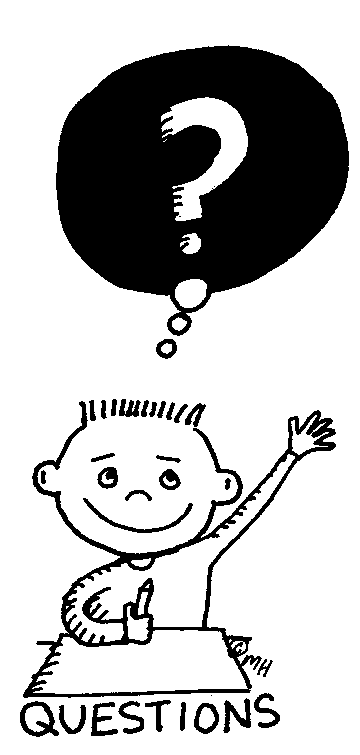In the video, Asking Better Questions in the Classroom, Ms. Chesley,
talked about the two types of questions that can be asked. The first one is
Closed-ended questions and the second one is Open-ended questions. A
closed-ended question is just simply answered by a yes, no, or a single phrase
response. An opened- ended question is answered with a more thought out
response than just a single word or phrase. An example of an open-ending
question would be, “Why do the leaves change color in the fall?” A question
like that calls for an explanation of why the weather plays a key role, in the
changing of color in the leaves. It allows for more student engagement than by
asking them a simple closed-ending question.
In Asking Questions to Improve Learning, one of the big key
points is that if you do ask a “Yes or No” question follow it with “Why”. Make the
student explain their argument and what their opinion on the question is. Simply
asking, why makes the question an open-ended question.

It's always important to allow for more student engagement because it helps the students so they can retain information better. So, I agree with that because I'd like my future students to be able to retain the required information so they can be equipped with better "question answering" skills in future classes! Making students explain their stance on an argument is also important because their answer could be another student's way to comprehend the question. Good post! :)
ReplyDeleteGreat post!
ReplyDeleteMichael,
ReplyDeleteI loved how you explained the two different types of questions. I was not that familiar with open-ended questions and close-ended questions, but after reading your post, I felt more confident in knowing what they are. Good job! Also, it seems that you followed the guidelines for a good blog post. Thanks for the read.
Payton